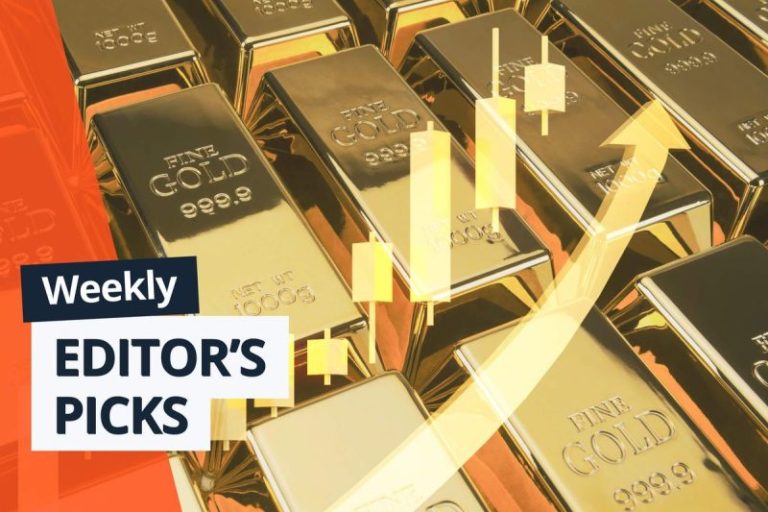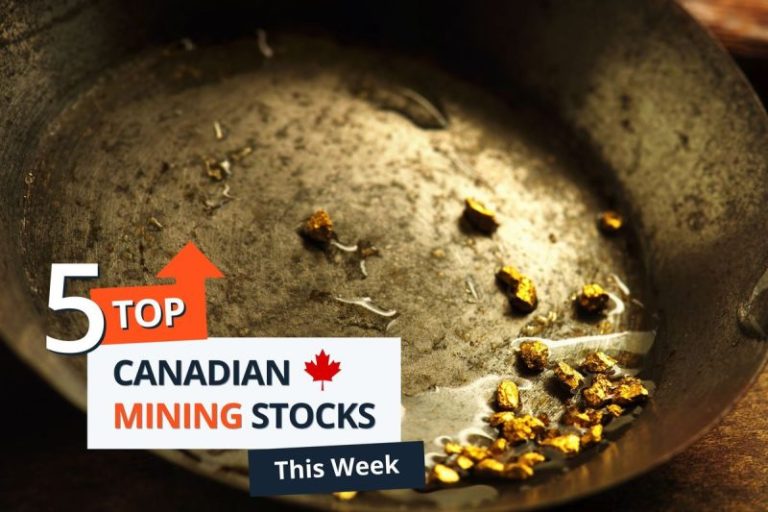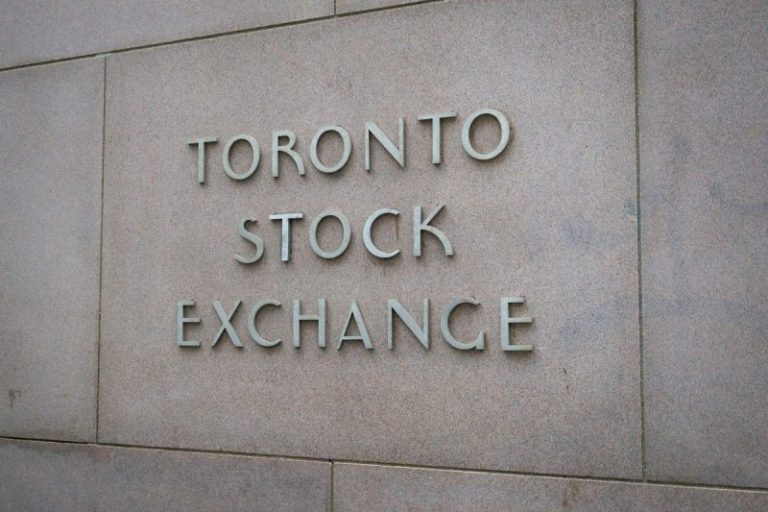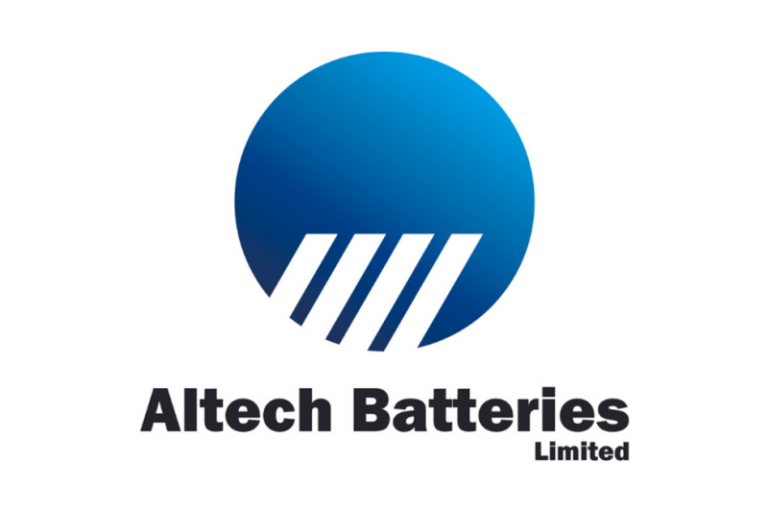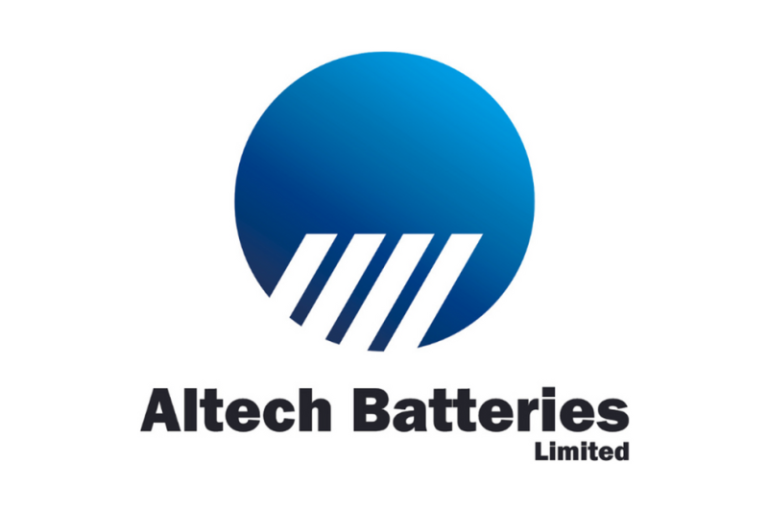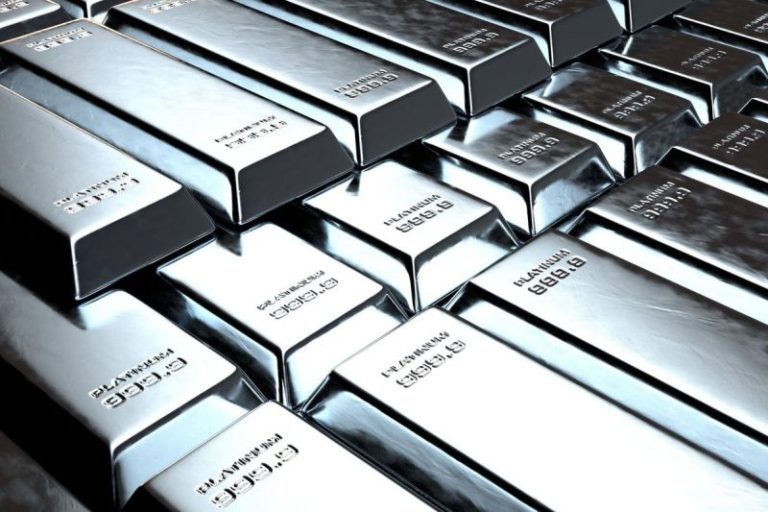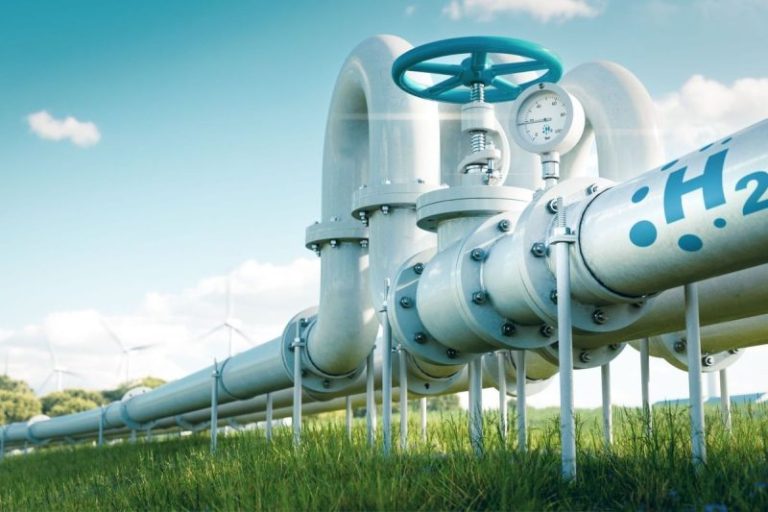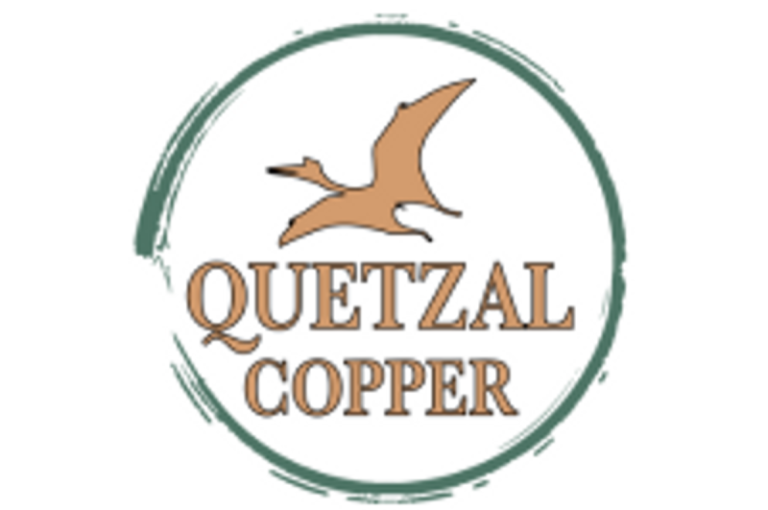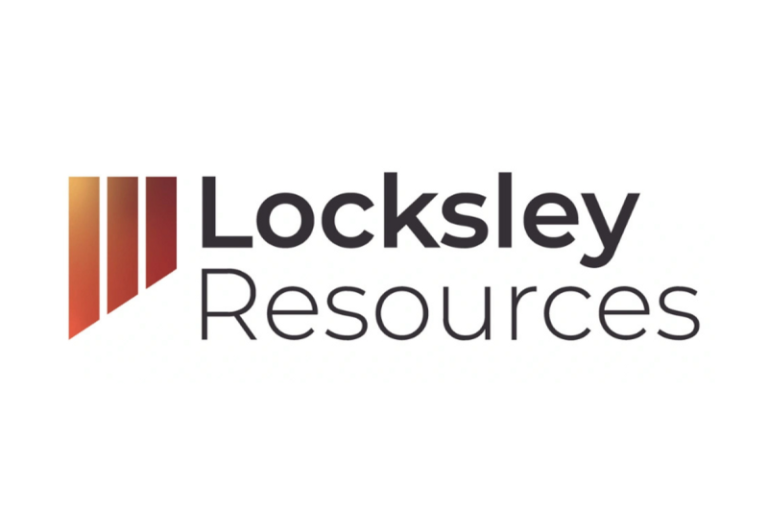Hydrogen stocks are benefiting from cleantech sector momentum as the world moves closer to a green energy future.
The most abundant element on Earth, hydrogen is a colorless gas. It can be produced in liquid form and burned to generate electricity, or combined with oxygen atoms in fuel cells. In this way, hydrogen — which produces no carbon emissions — can replace fossil fuels in household heating, transportation and industrial processes such as steel manufacturing.
Rising demand for carbon-free energy sources alongside significant new government policies are driving growth in the hydrogen market.
It’s worth noting that the downside to hydrogen as a clean energy source is that 99 percent of the hydrogen fuel currently in production is derived from power generated by coal or gas.
To combat this problem, some companies are pursuing green hydrogen, which is produced by splitting hydrogen atoms from oxygen using electrolyzers powered by renewable energy. This segment is projected to see massive growth over the next two decades led by increased output from China.
According to an August 2025 Commodity Insights report from S&P Global, in 2050 China is forecasted to produce 33.4 million metric tons of zero-emission electrolytic hydrogen, while the European Union will produce 20 million metric tons, and the US, 4.7 million. The firm’s 2050 forecast for China tripled compared to last year’s report as the country rapidly raises its production capacity and signs offtake agreements with green hydrogen projects globally.
US hydrogen stocks
The US hydrogen market is well established, accounting for “more than half the world’s fuel cell vehicles, 25,000 fuel cell material handling vehicles, more than 8,000 small scale fuel systems in 40 states, and more than 550 MW of large-scale fuel cell power installed or planned,” according to the Fuel Cell and Hydrogen Energy Association.
The US was also the top exporter of hydrogen in 2023 with US$2.15 billion in exports based on data from the Observatory of Economic Complexity (OEC).
Looking at the medium to long term, the picture has become a little more opaque after the new Trump administration targeted some of the strong government incentives.
In July 2025, Congress cut the window for Section 45V hydrogen tax credits by five years, requiring green hydrogen projects to begin construction before 2028 to be eligible. The move comes alongside the Trump administration’s decision to delay hydrogen loans and cancel emissions-reduction grants.
These changes prompted Commodity Insights analysts to halve their forecast for 2050 US green hydrogen production to 4.7 million metric tons compared to their 2024 prediction of 9.3 million. The firm also reduced its 2030 forecast for US electrolyzer installations by 60 percent to 2.5 million gigawatts.
While green hydrogen faces setbacks, blue hydrogen remains supported by Section 45Q carbon capture credits and demand from Japan and South Korea.
1. Linde (NYSE:LIN)
Market cap: US$222.58 billion
Share price: US$474.69
Leading global industrial gases and engineering company Linde has been producing hydrogen for more than a century and is a pioneer in new hydrogen production technologies. Linde’s operations cover each step of the hydrogen value chain, from production and processing through distribution and storage. The company also uses its gases for industrial and consumer applications.
Globally, the company has more than 500 hydrogen production plants. Through its ITM Linde Electrolysis joint venture, Linde has become one of the world’s leading suppliers of green hydrogen produced using proton exchange membrane (PEM) electrolyzer technologies. This also makes it one of the few green hydrogen stocks.
In August 2024, Linde signed a US$2 billion long-term supply agreement to supply clean hydrogen to Dow (NYSE:DOW) subsidiary Dow Canada’s Path2Zero project in Fort Saskatchewan, Alberta.
In response to the regulatory uncertainties under the Trump Administration, Linde announced in its Q4 2024 earnings call that 90 percent of its US clean hydrogen projects will be focused on blue hydrogen, which is created by reforming natural gas with carbon capture storage. Blue hydrogen is more cost effective to produce, and although it is not zero emission like green hydrogen, it is more environmentally friendly than grey hydrogen produced with coal.
While Linde does not report separated data for its hydrogen segment, the company’s Q2 2025 results reported a 3 percent year-over-year uptick in overall sales to US$8.5 billion.
2. Air Products & Chemicals (NYSE:APD)
Market cap: US$64.83 billion
Share price: US$291.32
Founded in 1940, Air Products & Chemicals sells industrial gases and chemicals and provides related equipment and expertise to a wide range of industries, including the refining, chemical, metals, electronics, manufacturing, and food and beverage segments.
In addition to producing oxygen, nitrogen, argon and helium, the company operates more than 100 hydrogen plants and maintains the world’s largest hydrogen distribution network. Air Products has an extensive hydrogen-dispensing technology patent portfolio and has been involved in more than 250 hydrogen-fueling projects worldwide.
Air Products also has a joint venture project now under construction with ACWA Power (SR:2082) and NEOM Company in Saudi Arabia. Called the NEOM Green Hydrogen Complex, the operation will be powered by 4 gigawatts of renewable power from solar and wind to produce 600 metric tons per day of carbon-free hydrogen, which it says will be delivered in the form of green ammonia. Once production begins at the complex in 2026, Air Products will be the sole off-taker and plans to deliver the green ammonia to Europe’s transport sector.
Air Products’ Louisiana Clean Energy Complex, its largest US investment, is also making headway, with first production expected in 2028. The complex will produce blue hydrogen for power mobility and industrial markets in the Gulf Coast region and other markets.
In August 2025, Air Products completed the first fill of NASA’s new liquid hydrogen sphere, the largest of its kind in the world, delivering over 730,000 gallons of hydrogen. Standing 90 feet tall and 83 feet wide, the sphere will supply fuel for NASA’s Artemis missions, which aim to return humans to the Moon and establish a sustained lunar presence. The company has been working with NASA since 1957.
3. Cummins (NYSE:CMI)
Market cap: US$53.97 billion
Share price: US$391.69
Indianapolis-based Cummins designs, manufactures and distributes engines, filtration and power-generation products with a specialization in diesel and alternative fuel engines and generators.
In March 2023, the company announced the launch of a new brand, Accelera, which features “a diverse portfolio of zero-emissions solutions, includ(ing) battery systems, fuel cells, ePowertrain systems and electrolyzers.” The brand encompasses Cummins’ established battery electric and hydrogen fuel cell systems, as well as electrolyzers for hydrogen refueling stations. Shortly after, Accelera began production at its first US electrolyzer facility, located in the state of Minnesota.
The hydrogen fuel cell company showcased its next generation B6.7H hydrogen engine at the April 2024 Intermat Sustainable Construction Solutions and Technology Exhibition in Paris. The following month heralded the launch of Accelera’s next-gen hydrogen fuel cell technology for commercial vehicles, specifically the FCE300 and FCE150 fuel cell engines.
Accelera inked a deal in February 2025 to supply a 100 megawatt PEM electrolyzer system for BP’s (LSE:BP,NYSE:BP) Lingen green hydrogen project in Germany. The system is Accelera’s largest to date and uses its HyLYZER PEM electrolyzer technology.
In March 2025, Cummins joined academics, energy leaders and transportation experts as a founding member of the Hydrogen Engine Alliance of North America, which aims to advance hydrogen internal combustion engines (H2-ICE) alongside zero-emission technologies to support sectors where electrification isn’t possible yet. Cummins is preparing to launch its X15H hydrogen engine under its HELM platform.
Canadian hydrogen stocks
Like its neighbor to the south, Canada is a world leader in hydrogen and fuel cell technologies, especially when it comes to innovation, research and development. The country reportedly generates C$200 million in hydrogen technology exports according to data from January 2023. In terms of the global hydrogen market, the country exported $385 million worth of hydrogen in 2023, ranking ninth overall according to the OEC.
The federal government is heavily invested in the sector both in terms of funding and the implementation of clean energy policies. “The Hydrogen Strategy for Canada laid out a framework that focuses low-carbon hydrogen as a tool to achieve our goal of net-zero emissions by 2050, while creating jobs, growing our economy, expanding exports and protecting our environment,’ Natural Resources Canada states.
In British Columbia, the Government of Canada invested C$9.4 billion to launch a new Clean Hydrogen Hub that will use electrolyzer technology and hydroelectricity to generate hydrogen that can be sold to industry users.
On the global stage, Canada and its trading partner Germany have agreed to each commit C$300 million for a total of C$600 million to launch Atlantic Canada’s hydrogen export industry, which will send hydrogen to Germany. However, delays due to factors including high hydrogen prices and inflation as well as lack of infrastructure have pushed the expected start of exports back from 2025.
1. Ballard Power Systems (TSX:BLDP)
Market cap: C$775.49 million
Share price: C$2.64
Ballard Power Systems is a global leader in hydrogen fuel cell technology and is working to accelerate the adoption of this technology. The company develops and manufactures PEM fuel cell products that create electrical energy from the combination of hydrogen and air. Ballard’s products are designed for heavy-duty trucks, buses, trains and marine applications, as well as backup power storage.
Two of Ballard’s 200 kilowatt fuel cell modules are located on the world’s first hydrogen-powered ferry, operated by Norwegian company Norled. The company also supplied its FCmove-HD hydrogen fuel cell modules to global carbon-reduction company First Mode, now owned by Cummins, which used them to power retrofits for several hybrid hydrogen and battery ultra-class mining haul trucks.
In early 2024, Ballard struck a deal to supply 100 FCmove-HD+ modules to NFI Group, which the pair raised to 200 in November. The fuel cells will be used in the latter’s New Flyer next generation Xcelsior CHARGE FC hydrogen fuel cell buses, which will be deployed across the US and Canada. The company also announced in April of that year that it had secured its largest order ever — 1,000 hydrogen fuel cell engines to be supplied to European bus manufacturer Solaris between 2024 and 2027.
Ballard signed another multi-year supply agreement with an Egypt-based company named Manufacturing Commercial Vehicles, in which Ballard will supply 50 FCmove-HD+ fuel cell engines to support projects in the European Union with deliveries expected between 2025 and 2026.
In July 2025, the company initiated a restructuring strategy to reduce operating costs by 30 percent and achieve positive cash flow by the end of 2027. Ballard also penned a deal with eCap Marine to supply 6.4 MW fuel cells to be installed on two Samskip marine vessels.
During its Q2 2025 period, Ballard reported total revenue of US$17.8 million, up 11 percent year-on-year, while revenue from its heavy-duty mobility segment increased by 22 percent to US$16.1 million.
2. Tidewater Renewables (TSX:LCFS)
Market cap: C$126.35 million
Share price: C$3.55
Tidewater Renewables produces renewable diesel and hydrogen at its facilities located near Prince George in British Columbia, Canada. The plant has a nameplate capacity of 3,000 barrels per day of renewable diesel and 23.7 metric tons per day of hydrogen. It began production during Q4 2023 using feedstock that included soybean and canola oil.
Tidewater is now focused on expanding operations at the site to produce sustainable aviation fuel, targeting 2028 for first production.
For Q2 2025, Tidewater reported that its renewable diesel and renewable hydrogen (HDRD) complex operated at 72 percent capacity, down from 98 percent a year earlier, after a minor April 1 fire temporarily halted production. Operations resumed mid-April, with utilization improving steadily.
The company secured offtake contracts for more than 70 percent of its H2 2025 production in, planning to sell the remainder on the spot market.
3. Westport Fuel Systems (TSX:WPRT)
Market cap: C$66.28 million
Share price: C$3.80
Headquartered in Vancouver, British Columbia, Westport Fuel Systems supplies advanced alternative fuel delivery components and systems to the transportation industry worldwide. This includes its high pressure direct injection (HPDI) fuel system for commercial vehicles, which can run on biogas, liquified natural gas (LNG), hydrogen and other alternative fuel products.
The company has operations in partnership with leading global transportation brands across more than 70 countries across Europe, Asia, North America and South America.
One of those partners is Swedish automaker Volvo Group (STO:VOLV-B). Under the Cespira joint venture, the pair has commercialized Westport’s HPDI fuel system technology for long-haul and off-road applications. As of mid-2025, the company reported there were 9,000 trucks on the road using the platform fueled by LNG.
In March 2025, Westport announced a binding deal to sell its Italian light-duty business, Westport Fuel Systems Italia, to Netherlands-based Heliaca Investments for US$73.1 million, with potential earnouts of up to US$6.5 million. The deal closed in July.
With a leaner focus, Westport announced its plans going forward, including opening a Hydrogen Innovation Center and manufacturing facility in China in late 2025, aiming to tap into the country’s rapidly growing hydrogen market. The site will focus on research, development and collaboration to support local demand and advance clean transportation solutions.
The company will also move its European manufacturing operations to its existing technology center in Canada, uniting its manufacturing capacity with its North American innovation hub. It also plans to increase its focus on expanding Cespira’s market presence to North America.
Australian hydrogen stocks
Australia is another important hotspot for investing in hydrogen. The Australian Government says that ‘over AU$200 billion is currently in the investment pipeline for hydrogen and derivatives,’ accounting for 20 percent of announced renewable hydrogen projects worldwide.
The Australian government’s National Hydrogen Strategy, which it updated in 2023, highlights its intention to position the country as a “major player” in the global hydrogen market by 2030. To this end, Australia has partnered with a number of other nations on hydrogen technology.
Australia and Germany are working together on a hydrogen technology development program that will help Australia build out its capacity to export hydrogen to Germany as it seeks to reduce its reliance on fossil fuels. Through a partnership with Japan, Australia is developing new hydrogen fuel cell technology and looking to establish the world’s first clean liquefied hydrogen export pilot project, and its government has invested more than AU$500 million in the development of regional hydrogen hubs across the country.
In May 2024, the Australian government announced an AU$22.7 billion package to bolster the country’s domestic manufacturing and renewable energy sector, including AU$6.7 billion for renewable hydrogen production starting in mid-year 2028 through the 2039/2040 fiscal year.
1. Hazer Group (ASX:HZR)
Market cap: AU$91.62 million
Share price: AU$0.34
Technology development company Hazer Group is working to commercialize the HAZER Process, a low-emission hydrogen and graphite production process initially developed at the University of Western Australia. It uses iron ore as a process catalyst to convert natural gas and similar feedstocks into hydrogen for use as an industrial chemical and in fuel cells, as well as into high-quality synthetic graphite for use in lithium-ion batteries.
Hazer started operations at its commercial demonstration plant in early 2024 and it is now producing hydrogen and graphitic carbon.
In May 2024, the company inked an agreement with Canadian utility company FortisBC for the development of a hydrogen production facility in British Columbia that will use Hazer’s proprietary technology. The proposed commercial production facility will have a design capacity of up to 2,500 metric tons per year of clean hydrogen and approximately 9,500 metric tons per year of Hazer graphite.
The company announced in March 2025 that it had successfully completed its commercial reactor test program, validating a commercial scale-up reactor design. ‘The equipment was designed to mimic key aspects of the Hazer Process for producing hydrogen and graphite at commercial scale, and the completion of this testing is a major milestone for the government support from CleanBC,’ the press release states.
In June, Hazer entered a non-binding MOU with UK-based EnergyPathways to explore a hydrogen production facility within the Marram energy storage hub in Northwest England. The proposed plant would produce up to 20,000 metric tons of hydrogen annually, alongside ammonia and graphite using feedstock from Marram. Both parties plan to move toward a binding agreement following concept engineering studies.
In a July update, Hazer Group said its strategic alliance with Kellogg Brown and Root (NYSE:KBR) is advancing the global commercial rollout of the Hazer Process. Now in full execution, the partnership has deployed teams across Australia, the UK and the US.
2. Gold Hydrogen (ASX:GHY)
Market cap: AU$82.11 million
Share price: AU$0.45
Gold Hydrogen is a natural hydrogen exploration and development company with a focus on making new hydrogen and helium discoveries in South Australia using recorded government data with modern exploration techniques.
Through exploration at its wholly owned Ramsay project in 2024, Gold Hydrogen has demonstrated air-corrected hydrogen purity levels of up to 95.8 percent, as well as helium purity levels of 20 to 25 percent in groundwater and up to 36.9 percent at surface.
“To have an initial world first to see Hydrogen and Helium to surface is very exciting for our further ongoing exploration and drilling programs in even better locations,” Gold Hydrogen Managing Director Neil McDonald stated in an August 2024 interview.
Gold Hydrogen announced in February 2025 that it had received a AU$6.45 million research and development tax refund associated with its natural hydrogen and helium exploration activities for the fiscal year ended June 30, 2024. The refund will help fund the company’s 2025 work to delineate the hydrogen and helium accumulation at Ramsay with further drilling at its Ramsay-1 and Ramsay-2 wells.
In July, Gold Hydrogen received binding commitments for a AU$14.5 million strategic investment from Toyota Motor (NYSE:TM,TSE:7203), Mitsubishi Gas Chemical (TSE:4182) and ENEOS Xplora. The proceeds will support its Q4 drill program, and also be used towards advancing commercialization opportunities through the strategic collaboration.
3. Pure Hydrogen (ASX:PH2)
Market cap: AU$36.23 million
Share price: AU$0.09
Pure Hydrogen is focused on becoming a leading producer and supplier of hydrogen and hydrogen-fuel-cell-powered vehicles such as buses and waste collection vehicles. The company has several partnerships with companies for its technology. Pure Hydrogen’s hydrogen-fuel-cell-powered Prime Mover truck was displayed at the Brisbane Truck Show in 2023.
Pure Hydrogen has a 40 percent stake in the Turquoise Group, an Australian clean energy company, as well as exclusive long-term acquisition rights for the company’s future hydrogen production. Turquoise Group announced in May 2024 that it had produced the first graphene powder and hydrogen during testing at its commercial demonstration plant in Brisbane, Queensland.
In August 2024, Pure Hydrogen registered Australia’s first hydrogen-powered semi-truck, the Hydrogen Fuel Cell 110kW 6×4 Prime Mover.
Pure Hydrogen’s majority-owned subsidiary HDrive confirmed in January 2025 that it had sold two Taurus 70 metric ton hydrogen fuel cell prime movers to Australian logistics services provider TOLL Transport as part of a broader AU$2 million package. The vehicles are slated for delivery in the fourth quarter of the calendar year.
In April, Pure Hydrogen executed a commercial agreement with hydrogen technology provider Hydrexia, granting access to Hydrexia’s mobile hydrogen refueling stations and related service support through a phased delivery. Hydrexia specializes in hydrogen solutions for production, storage, transport and end-use applications.
As noted in the statement, the rollout marks the first stage of broader cooperation between the companies to support hydrogen development in Australia and internationally.
Pure Hydrogen signed a strategic distribution deal for the South American market with an Argentinian renewable energy company in July.
The company has also made multiple significant sales of its hydrogen fuel cell trucks in Q3, including its first North American sale of a hydrogen cell refuse truck as part of a term sheet with California-based Riverview International Trucks. In the Australian market, it sold two Prime Mover trucks to one company and a second concrete agitator truck to another, worth over AU$3 million combined.
Pure Hydrogen proposed a rebranding and company name change to Pure One in July, which shareholders will vote on at its annual general meeting later this year.
FAQS for hydrogen investing
Which is better: EVs or hydrogen?
According to research from TWI Global, there are pros and cons to both electric vehicles (EVs) and hydrogen vehicles. In terms of range and charging time, hydrogen beats electric hands down. However, while a hydrogen-powered vehicle doesn’t need much time to refuel compared to an EV, there is still much more EV charging infrastructure currently available compared to hydrogen fueling stations. EVs are also cheaper to purchase than hydrogen vehicles. As far as safety and emissions are concerned, it’s a draw between the two.
Why does Elon Musk not like hydrogen?
Elon Musk’s SpaceX has used hydrogen to fuel its rockets, and in 2023 Musk talked about hydrogen playing an important role in industrial applications, such as steelmaking. However, he has balked at the idea of hydrogen fueling vehicles, calling fuel cells “fool sells.” Speaking at a Financial Times conference in May 2022, Musk said, “It’s important to understand that if you want a means of energy storage, hydrogen is a bad choice.”
Starting in 2024, rumors began spreading that Tesla (NASDAQ:TSLA) was planning to launch a Tesla Model H powered by hydrogen, but they have been proven false.
Why is Toyota investing in hydrogen?
Toyota first invested in hydrogen fuel cell technology in 1992 as its executives saw clean energy as the future of transport. However, with EVs dominating the clean car space, the automaker began to shift its focus to compete with its peers. Toyota brought its newest hydrogen-powered vehicle to market in the fall of 2023 — a revamped Crown sedan that also has a hybrid-electric version. The following year, the auto maker introduced the first prototype of its Toyota Hilux trucks with a hydrogen fuel cell powertrain.
In 2025, Toyota shared its long-term strategy for developing hydrogen passenger vehicles as well as hydrogen technologies for long-haul freight.
Who is the leader in hydrogen energy?
Some countries leading in green and blue hydrogen production are the US, Germany and Canada. Many countries around the world have released clean hydrogen strategies, including the US, Canada and many countries in the Europe Union. However, clean hydrogen production is still in the early phases as countries develop infrastructure.
Securities Disclosure: I, Georgia Williams, hold no direct investment interest in any company mentioned in this article.
This post appeared first on investingnews.com

